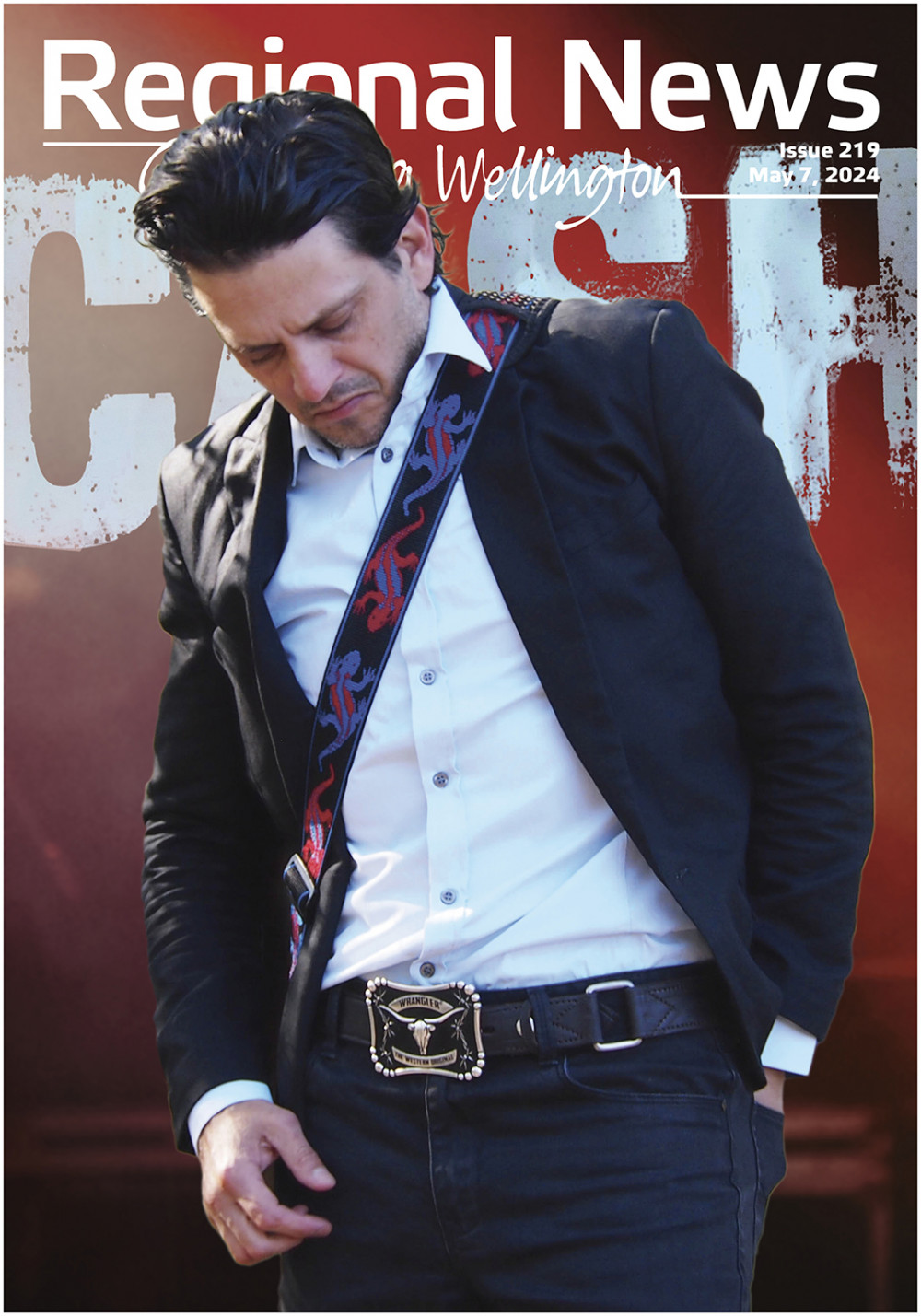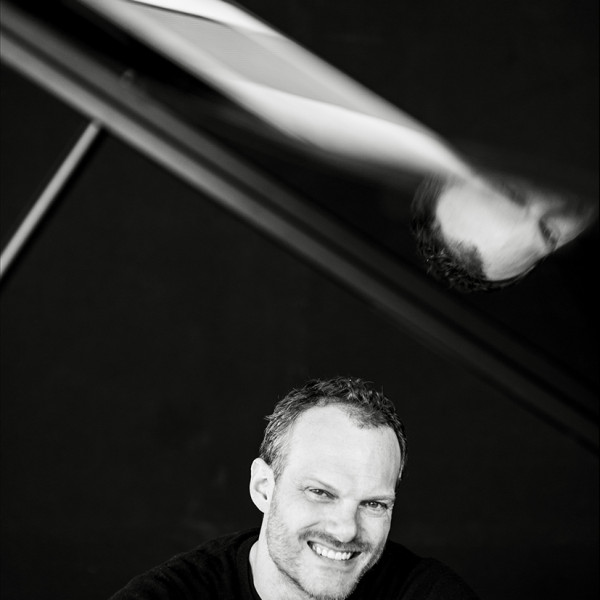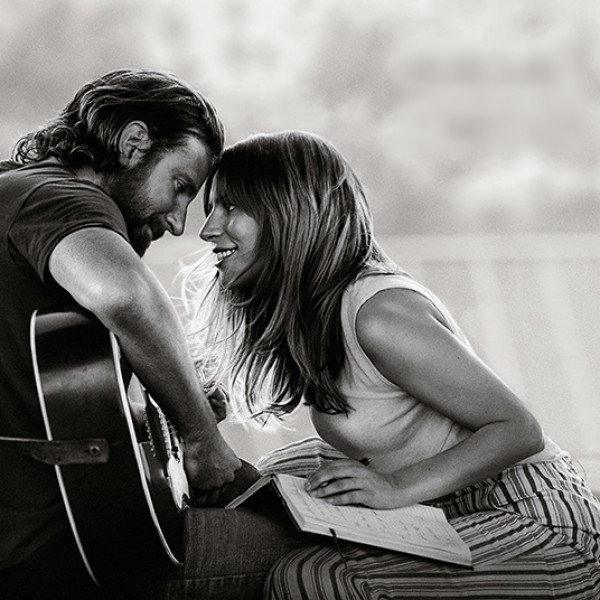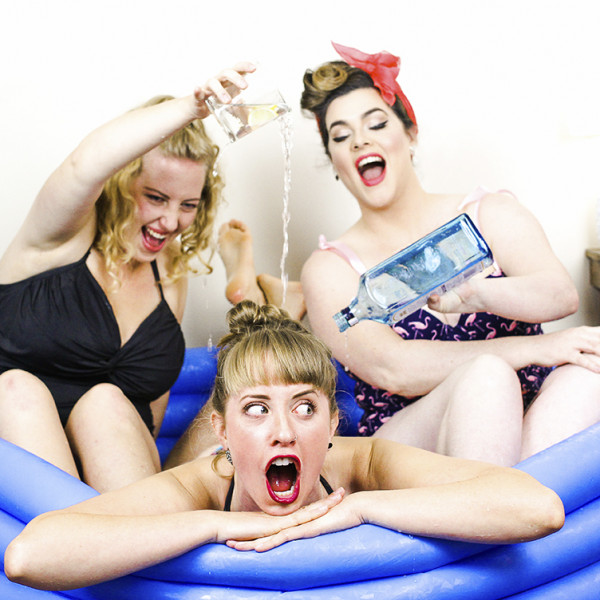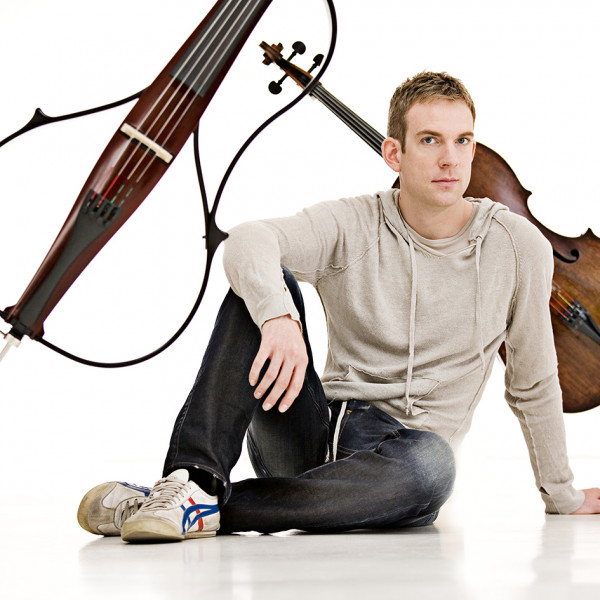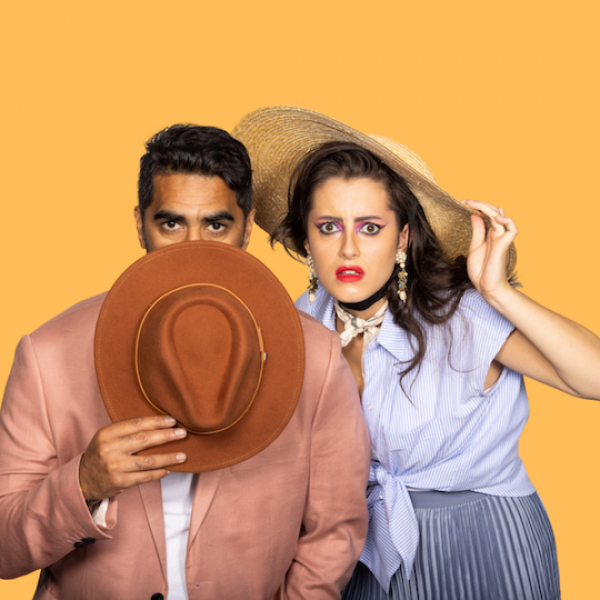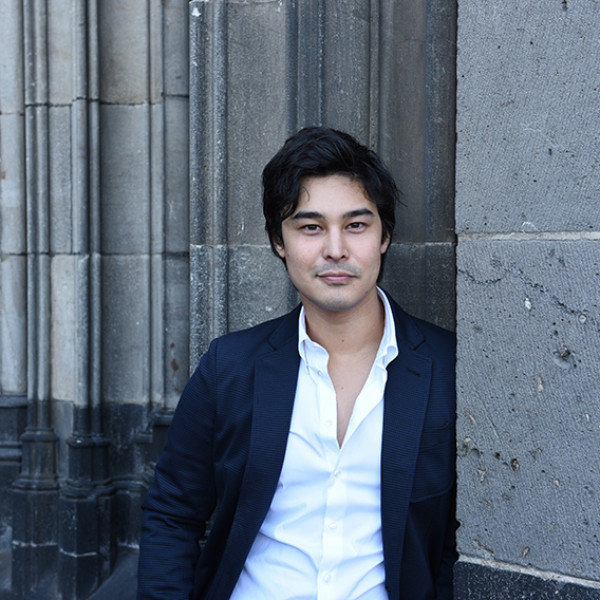
The River
Presented by: Orchestra Wellington
Conducted by: Marc Taddei
Michael Fowler Centre, 27th Oct 2018
Reviewed by: Dawn Brook
Every year, Orchestra Wellington partners with a group of young string players from the Hutt Valley. Arohanui Strings is part of a world-wide programme designed to provide children from less privileged backgrounds with opportunities to learn an instrument and play in an orchestra. The audience took the young people – some very young – to their hearts as they joined Orchestra Wellington in Infinity Mirror, composed by Simon Eastwood specifically to allow beginning and highly skilled musicians to create music together. After a beautifully weird soundscape came more simple, strong lines for strings with lovely colour created by brass, wind and percussion. It was a serious bit of business, followed by some more relaxed collaboration including a spirited rendition of Poi E.
Works by Smetana, Bartόk and Dvořák followed. In Smetana’s wonderfully melodious The Moldau, the orchestra presented a rich flow of sound that was unmistakably a river forming, growing, and majestically travelling through a variety of landscapes. This was a disciplined performance with crisp rhythms and forward drive uncompromised by any temptation to over-milk the romantic melodies.
Bartόk’s Piano Concerto No 1 presents the piano as primarily a percussive instrument, rather than as the conveyor of complex melody and harmony. It is not to everyone’s taste and enormous technical and rhythmic challenges face both soloist and orchestra. The orchestra was undaunted by the difficulties and Christopher Park, the young German-Korean piano soloist was truly impressive in his mastery. By way of contrast, he played an encore that showed his ability to draw music of great delicacy and beauty from the piano.
The concert concluded with Dvořák’s Eighth Symphony. It is a work that teems with tunes – tune after tune after wonderful tune, particularly for the lucky cellists – without ever sounding as if the tunes are merely stitched together. The orchestra did the work justice.



